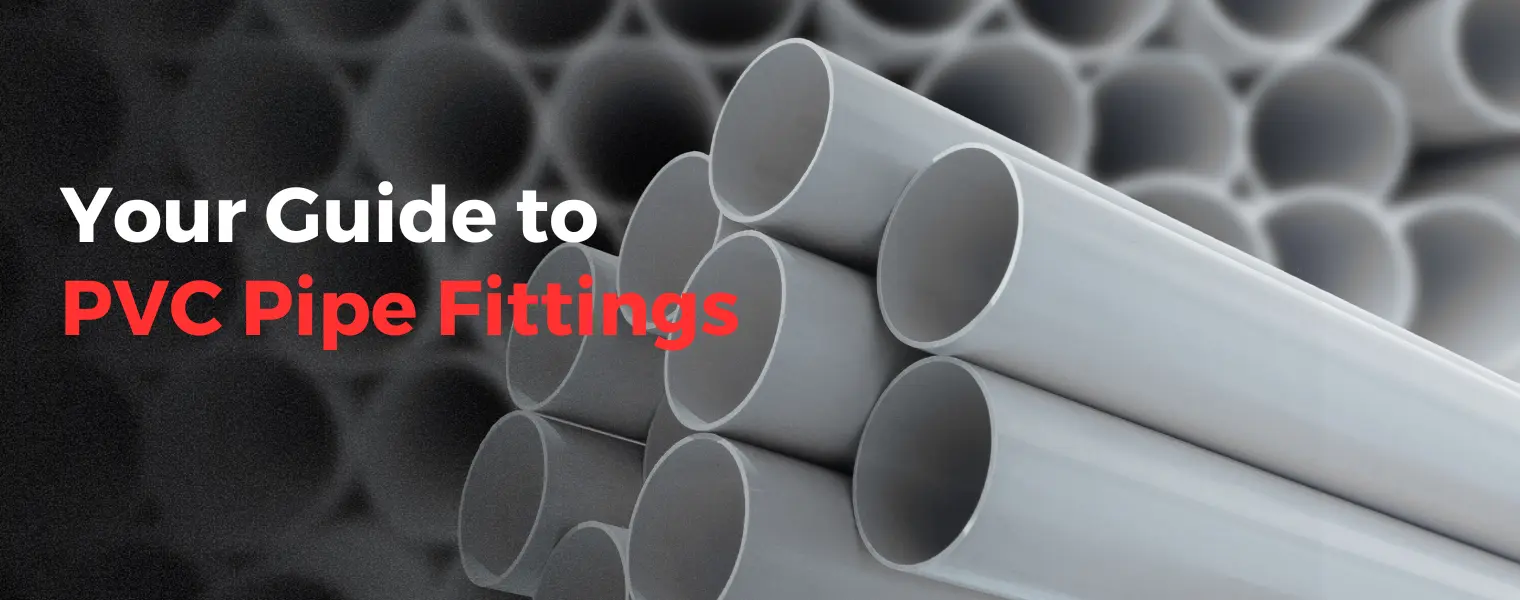
When it comes to plumbing, irrigation, and various piping applications, PVC (Polyvinyl Chloride) pipe fittings are essential components that connect, adapt, and ensure the proper flow of fluids. Whether you're a professional plumber, a DIY enthusiast, or simply someone curious about the world of PVC pipe fittings, this comprehensive guide is here to provide you with valuable insights, practical tips, and an understanding of how to make the most of PVC fittings in your projects.
PVC pipe fittings come in a wide range of shapes, sizes, and configurations, making them highly versatile for various applications. From simple elbows and tees to more specialized fittings like couplings, reducers, and adapters, there's a PVC fitting for virtually every need.
One of the key advantages of PVC fittings is their adaptability. They are designed to connect PVC pipes seamlessly, allowing for changes in direction, branching, and transitions between different pipe sizes. This adaptability simplifies plumbing and piping systems, making PVC fittings a go-to choice for professionals and DIYers alike.
PVC fittings are commonly used for water supply and drainage systems in homes due to their ease of installation, corrosion resistance, and cost-effectiveness.
PVC fittings are essential components in irrigation systems, allowing for efficient water distribution in gardens, lawns, and agricultural fields.
In industrial settings, PVC fittings are used for transporting various fluids, chemicals, and gases due to their chemical resistance and durability.
PVC fittings play a vital role in construction projects for applications such as electrical conduit systems.
While PVC fittings are user-friendly, it's essential to follow some best practices for successful installations:
Ensure that you choose the appropriate PVC fitting type, size, and schedule that match your project's requirements.
Invest in quality PVC pipe cutters and deburring tools to achieve clean and precise cuts, which are essential for leak-free connections.
Always follow the manufacturer's guidelines for the proper application of PVC cement and primer to achieve strong and reliable joints.
Carefully plan the layout of your piping system, taking into consideration factors like water flow, pressure, and potential obstacles.
This guide has introduced you to the world of PVC pipe fittings, showcasing their versatility and essential role in plumbing, irrigation, and various piping systems. Whether you're a professional plumber or a DIY enthusiast, understanding PVC fittings and following best practices ensures successful installations. And when you're looking for dependable PVC pipe fittings, remember that Polyfab is your trusted source for quality solutions. When it comes to PVC pipe fittings, quality and reliability are paramount. At Polyfab we take pride in providing top-quality PVC fittings that meet industry standards. Our commitment to excellence ensures that you receive fittings designed for durability, longevity, and optimal performance.